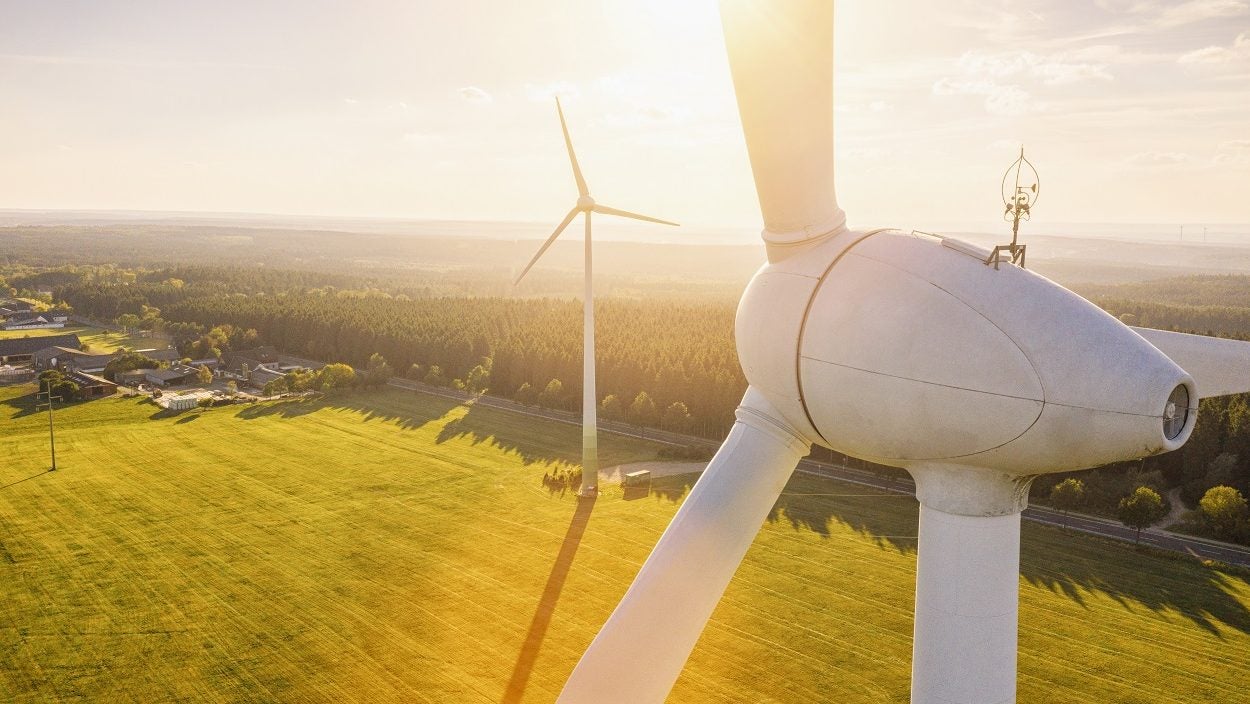
More than 1,500 companies are currently set to become ‘net-zero’ entities between now and 2050. It is a number that has doubled in just 12 months, according to NewClimate Institute. And that’s good news for the planet. Right now, businesses with combined revenues of around $11.4tn are taking their responsibility to reduce their carbon footprint seriously. These include Ford and Facebook, but also brewers such as Carlsberg, ABInBeV and BrewDog.
To recap: being net-zero means achieving a balance between the amount of greenhouse gas (GHG) emissions being produced and the amount being removed from the atmosphere. To achieve this equilibrium, companies must do two things in tandem: reduce their existing emissions, while actively removing GHGs from the atmosphere.
It is a big ask, but there are plenty of reasons why companies are adopting net-zero strategies. The financial and reputational risks associated with inaction on climate issues are clear to see. Incoming regulation, such as cap-and-trade schemes and carbon taxes, could prove costly. There will also be a greater need for transparency, especially when it comes to explaining to shareholders the specific climate risks of operations, products or services. Of course, getting ahead of the curve and becoming a leader in a crowded market, makes sense too.
So, what approaches are companies taking to achieve net-zero? The appetite for transitioning to clean power use is reflected in the latest figures released by Bloomberg New Energy Finance (BNEF). In 2002, companies bought a record amount of renewable energy, securing almost 24GW of green electricity, up from 13.6GW in 2018. More than 130 companies signed clean energy contracts, or PPAs (Power Purchase Agreements). In Europe, the Middle East and Africa, corporate PPA volumes nearly tripled in the last 12 months, reaching a record 7.2GW. The market growth is a ‘testament to how high sustainability is on many corporations’ agendas’, according to BNEF’s Kyle Harrison.
It is certainly a strategy adopted by Carlsberg, which is set to emit zero carbon from its breweries by 2030 and reach a 50% reduction by 2022. The company used 100% renewable energy to power its 29 breweries in Western Europe for the first time in 2018, sourcing its from a mix of onsite solar technology and PPAs. Last year, renewables accounted for a fifth of its total energy use.
AB Inbev has a similar ambition. By 2025, 100% of its purchased electricity will come from renewables, reducing CO₂ emissions across its entire value chain by 25%. Again, it is using PPAs to drive action. In the US, it signed a deal with Enel Green Power to build the Thunder Ranch Wind Farm in Oklahoma. Today, around half of the company’s electricity needs in the US are met by renewables – enough to brew more than 20 billion 12oz servings of beer each year.
The craft beer company BrewDog admits: “our carbon emissions are our problem” and promises to “own the solution and fix it ourselves”. It is already using 100% green electricity from wind to power its operations. It is currently working on capturing the CO₂ produced during the fermentation phase of brewing and using it downstream to carbonate its beers.
Even smaller breweries are playing their part. Everyman’s Right brewery in Finland is doing something similar, collecting the CO₂ from its fermentation tanks and reusing it for carbonation, with any excess being bottled and offered to restaurants and pubs. Some are going further, using new technology to recover the CO₂ from the biogas stream, minimising a plant’s overall footprint even more.
Enzyme technology is playing a key role in helping companies to reduce their energy and water consumption. The use of exogeneous enzymes can bring substantial environmental benefits by avoiding the need for the malting process. According to IFF’s latest lifecycle assessment and analysis, by using 50% un-malted barley, 50% malted barley, with enzymes at a typical European brewery, brewers can achieve 16% lower energy use, 16% lower climate change impact and 16% less water consumption (saving 0.4hl of water).
But do net-zero targets go far enough? Unless companies are setting ‘absolute’ targets, are their goals ambitious? In a nutshell, getting to net-zero means gradually reducing your CO₂ (or other greenhouse gas) footprint, which can be monitored over time. It can also be achieved by reducing your direct and indirect climate impact within a certain timeframe. It is easier said than done, because it’s very hard for companies to completely remove all of their carbon. That’s where buying carbon offsets can come into play – investing in projects that are creating a quantifiable reduction in greenhouse gas emissions.
The likes of BrewDog are taking offsetting into their own hands, rather than simply relying on making offset purchases via the open market. The firm is working with the Peatland Code to directly restore 550 acres to peatland, one of the most important natural carbon stores we have. It has also bought 2,050 acres of land in the Scottish Highlands, which is currently used as grazing land, and promises to create 1,500 acres of native woodlands.
Efforts to remove carbon and restore the natural environment (a third party will verify BrewDog’s work, it says), are part of a movement to go further than net-zero: to be restorative through the products and services companies sell.
As 2021 begins, targets set for 2030, 2040 or 2050 are not too far away – and leading companies now have a sense of urgency, particularly in the run-up to the UN’s next climate change meeting, to be held in Glasgow at the end of the year. The newly-launched University of Cambridge Institute for Sustainability Leadership (CISL) net-zero roadmap can help companies move from the commitment and target-setting phase to delivering real action. As the CISL makes clear, emission cuts must be deeper and quicker if we are to get on track for the Paris Agreement.
The time for action is now.

